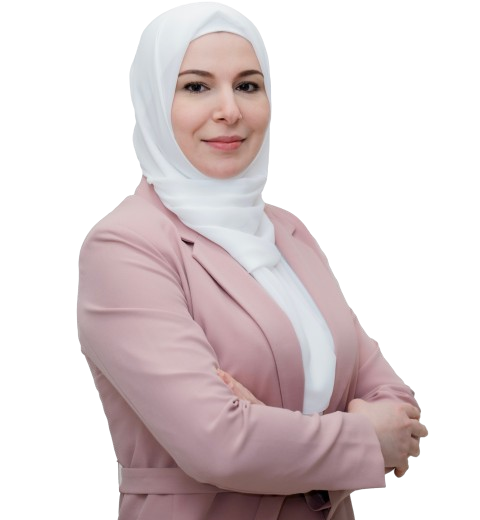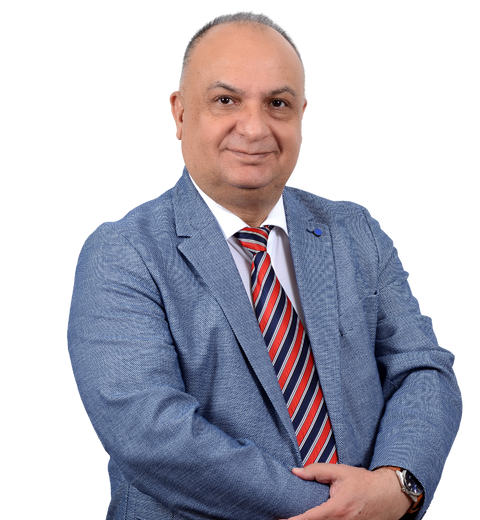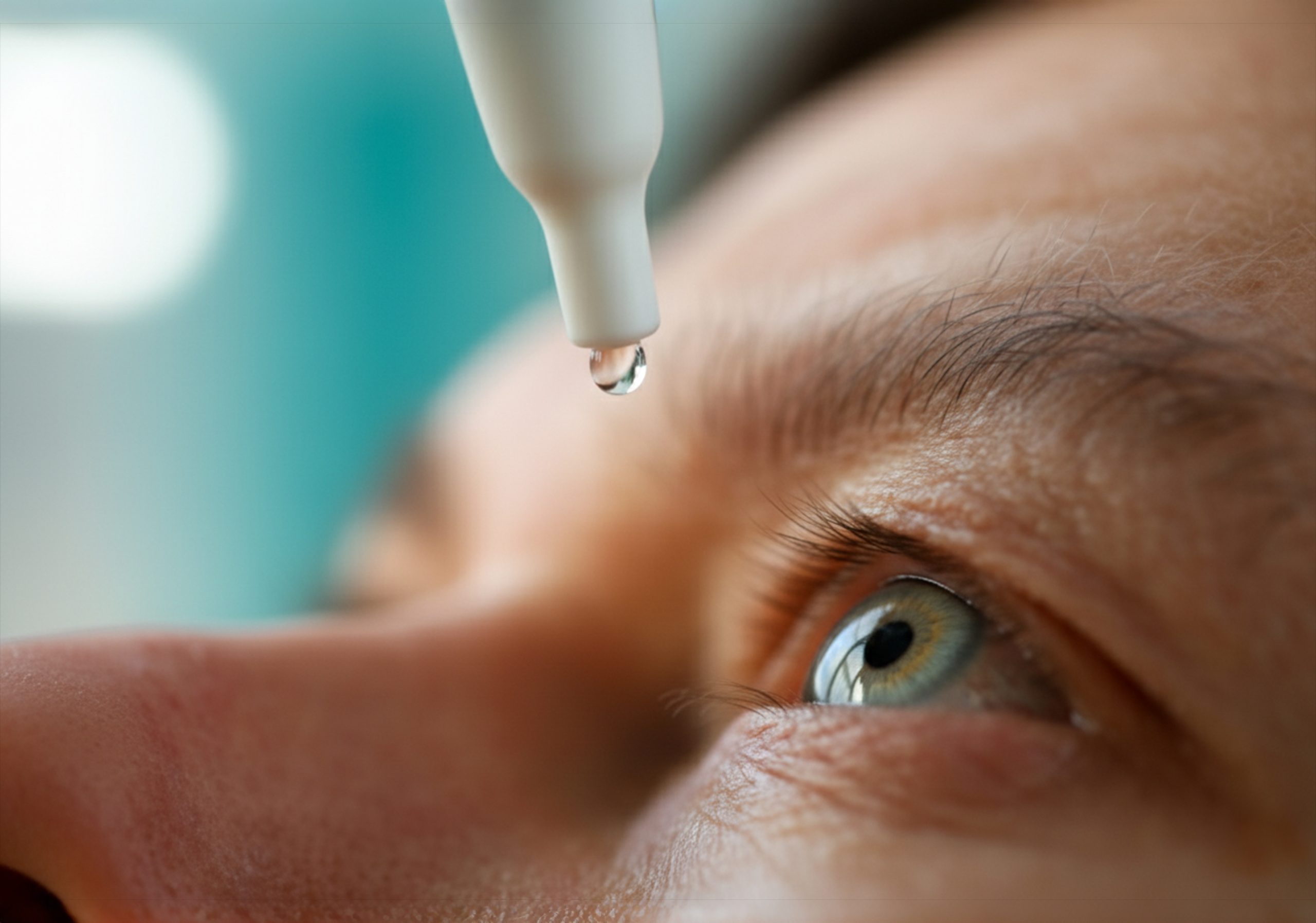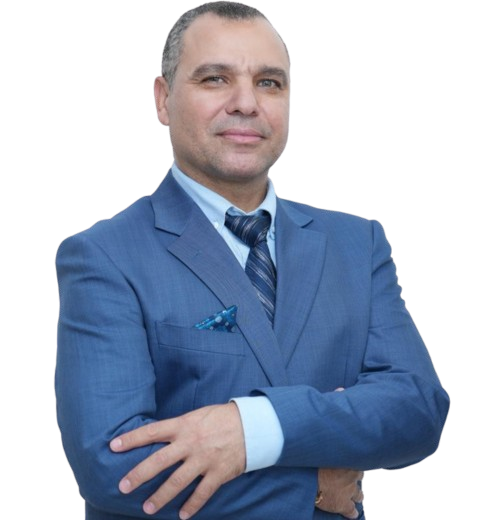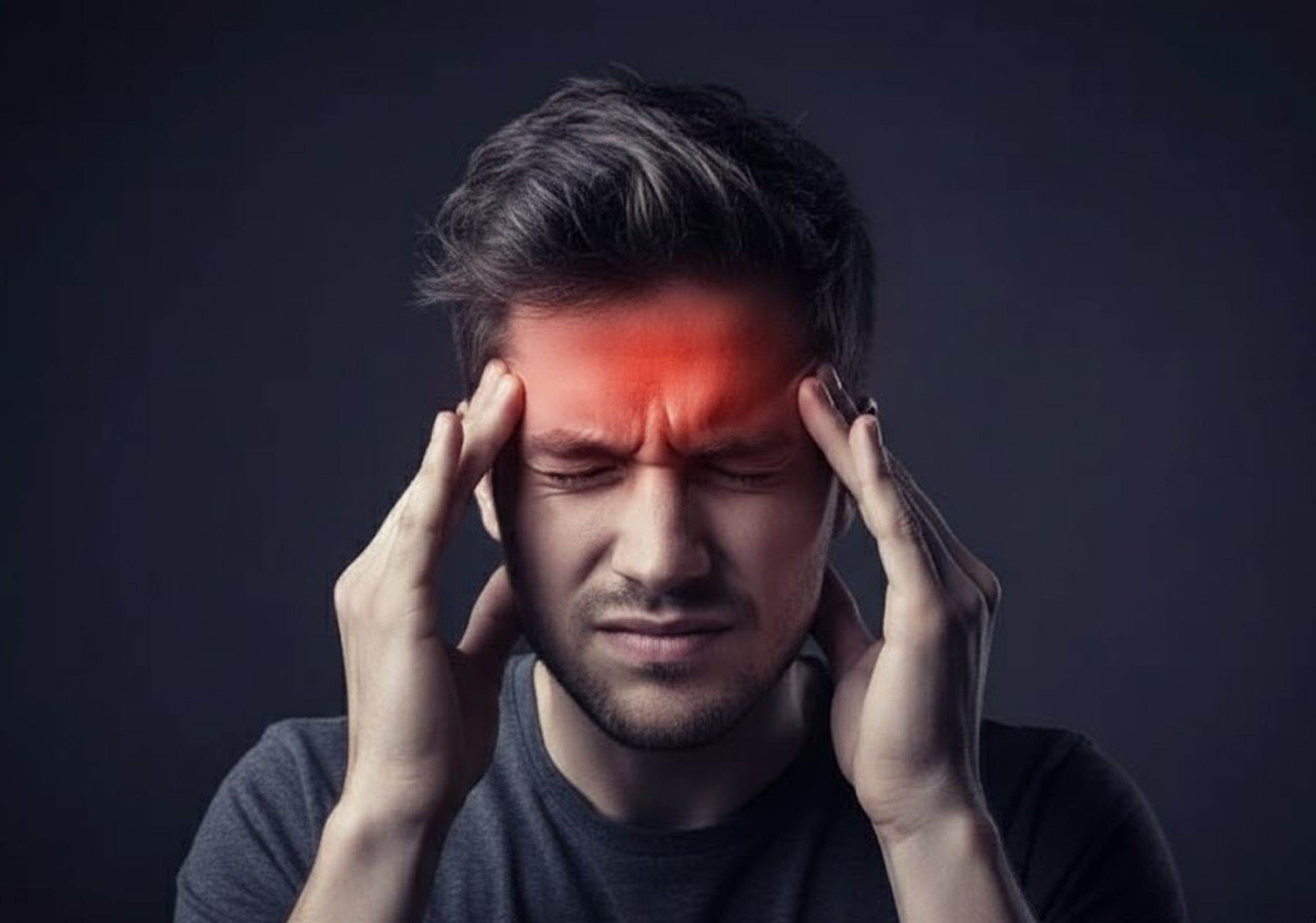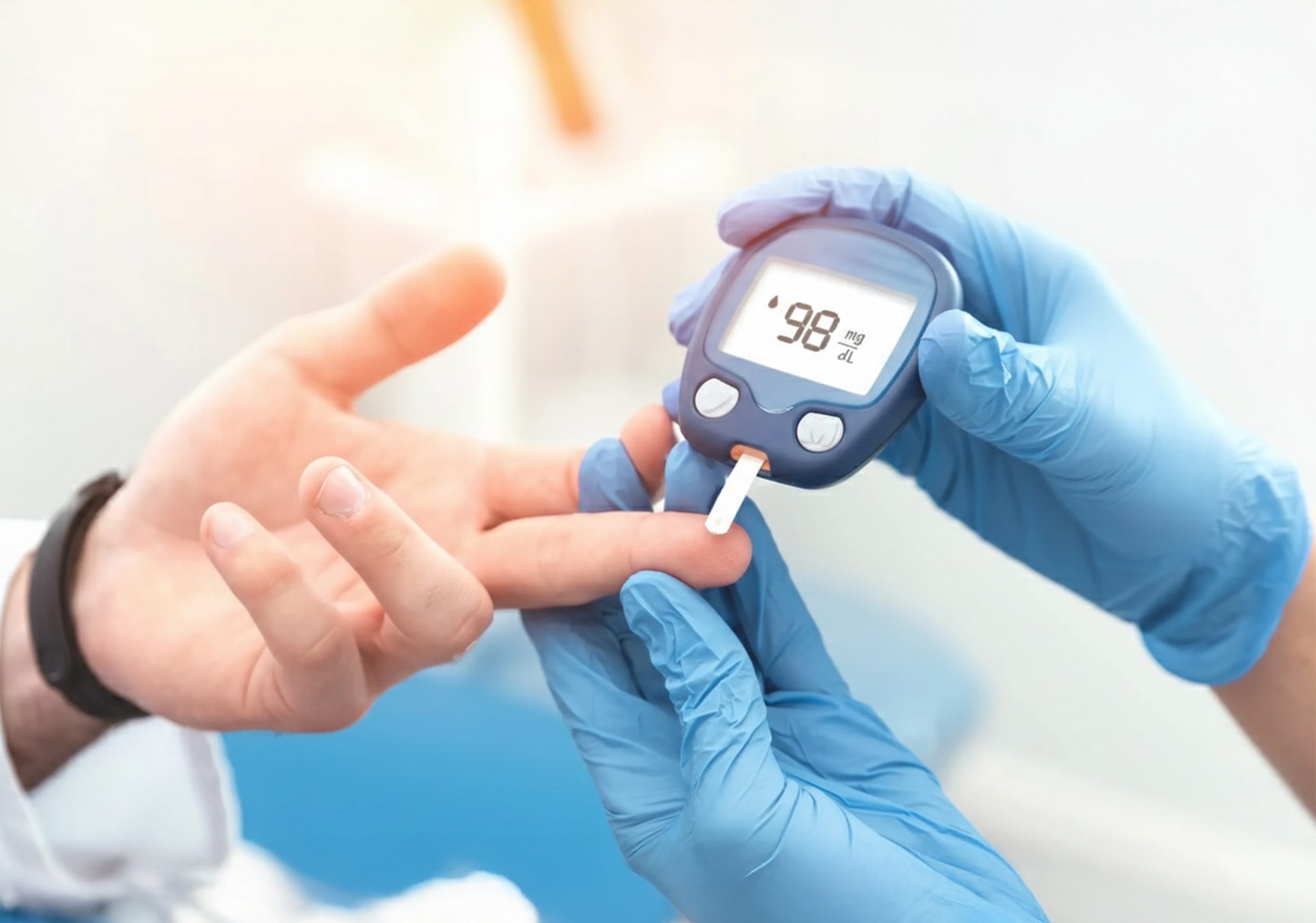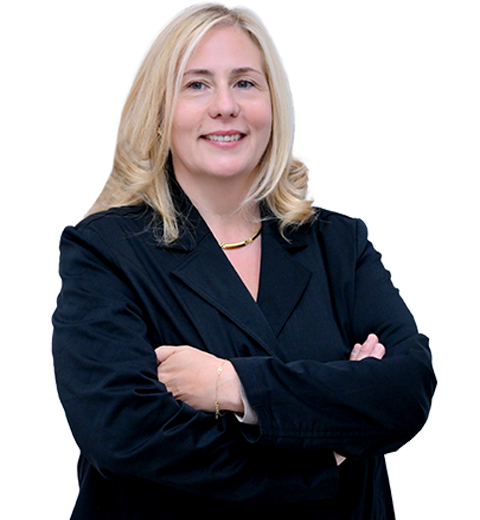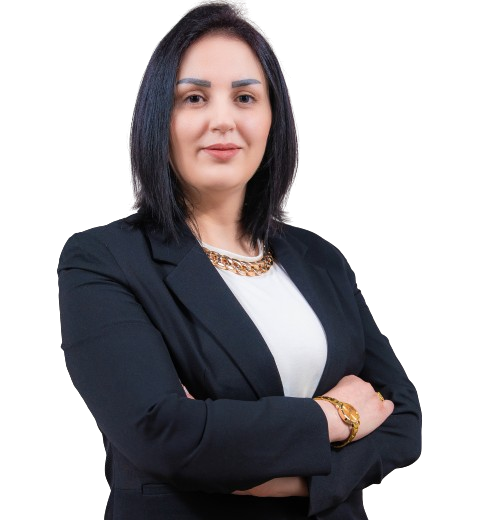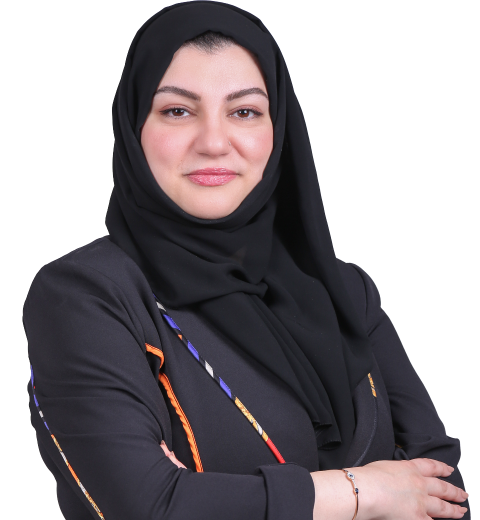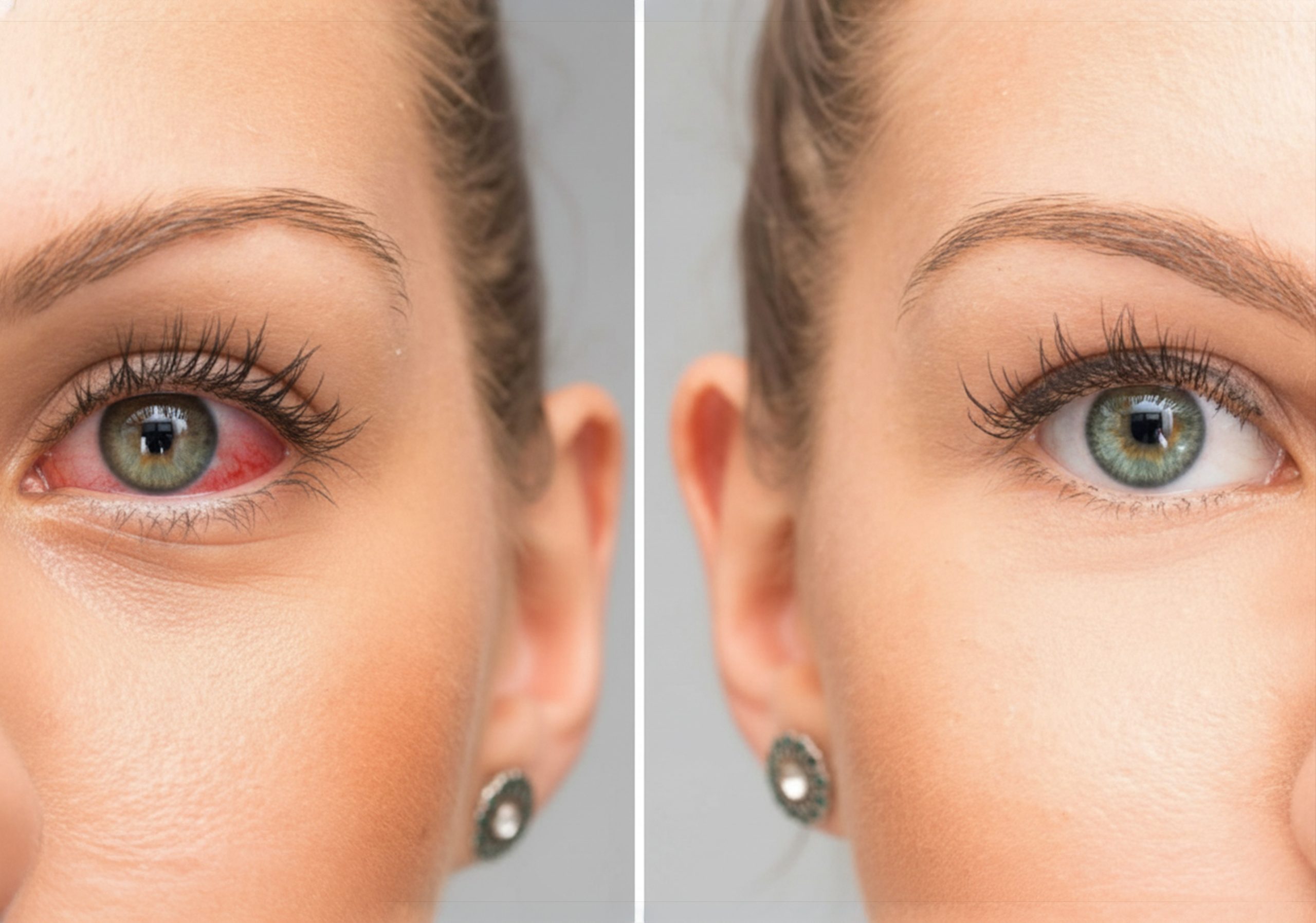Hormones play a vital role in every stage of a woman’s life — from puberty and menstruation to pregnancy, postpartum, and menopause. When these hormones fall out of balance, the effects can be felt physically, mentally, and emotionally. Unfortunately, many women struggle with hormonal imbalance for years before seeking help, often assuming the symptoms are just stress or aging.
At Burjeel Specialty Hospital, Sharjah, our dedicated women’s health specialists provide personalized evaluation and treatment to help women regain balance and feel like themselves again.
What are Hormonal Imbalances in Women?
Hormonal imbalance occurs when the body produces too much or too little of specific hormones such as estrogen, progesterone, testosterone, thyroid hormones, or insulin. Even minor fluctuations can disrupt vital bodily functions, impacting mood, weight, sleep, menstrual cycles, skin health, and reproductive well-being.
Common Causes of Hormonal Imbalance
Hormonal fluctuations may result from:
- Stress and lifestyle factors
- Polycystic Ovary Syndrome (PCOS)
- Thyroid disorders (Hypothyroidism / Hyperthyroidism)
- Perimenopause and menopause
- Post-pregnancy hormonal shifts
- Diabetes or insulin resistance
- Genetics and family history
- Poor sleep patterns
- Certain medications
Understanding the root cause is the first step toward effective treatment.
Signs and Symptoms to Watch
Hormonal imbalance can show up in many ways. Some of the most common signs include:
- Irregular or missed periods
- Weight gain or unexplained weight loss
- Fatigue and lack of energy
- Acne or excessive hair growth
- Mood swings, irritability, or anxiety
- Sleep disturbances or insomnia
- Hot flashes or night sweats
- Low libido
- Hair thinning
- Difficulty conceiving
These symptoms may appear individually or in combination and should not be ignored.
Hormonal Imbalance and Mental Health
Hormones heavily influence brain chemistry. Many women experiencing hormonal fluctuations report:
- Irritability
- Emotional sensitivity
- Anxiety
- Low mood or sadness
- Difficulty concentrating
Recognising the connection between hormonal health and mental wellness empowers women to seek treatment early rather than silently struggle.
Diagnosis: When to See a Specialist
If symptoms interfere with daily life, menstrual health, mood, or fertility, it’s time to consult a gynecologist. Diagnosis typically includes:
- Symptom and medical history review
- Hormonal blood tests
- Thyroid profile
- Ultrasound (if needed)
- Vitamin and metabolic assessments
A personalised plan ensures every woman receives targeted care rather than trial-and-error remedies.
Treatment Solutions for Hormonal Imbalances
Treatment depends on the cause, age, symptoms, and goals — whether it’s restoring menstrual regularity, improving fertility, balancing mood, or enhancing overall health. At Burjeel Specialty Hospital, Sharjah, management may include:
1. Hormone Therapy
Helps regulate estrogen, progesterone, or thyroid hormone levels to restore balance and relieve symptoms.
2. Lifestyle and Nutrition Guidance
Custom programs focused on weight management, reducing inflammation, and stabilising blood sugar — critical for conditions like PCOS and insulin resistance.
3. Medications
May include thyroid medication, insulin-sensitizing tablets, or other prescribed therapies to regulate hormonal function.
4. Supplements and Vitamins
For deficiencies affecting hormones — such as Vitamin D, B-Complex, omega-3, and antioxidants — based on individual needs.
5. Stress and Sleep Correction
Improving sleep hygiene, managing stress, and incorporating activity or relaxation practices can significantly improve hormonal balance.
6. Fertility Support
For women planning pregnancy, ovulation-enhancing treatments and fertility care are available when required.
7. Natural and Holistic Approaches
Some women benefit from complementary options such as:
- Yoga and Pilates
- Meditation and mindfulness
- Anti-inflammatory diet
- Herbal and phytoestrogen-rich foods
Natural approaches work best as supportive therapy alongside clinical care.
Meet Our Women’s Hormonal Health Experts
Women’s hormonal health requires expertise, sensitivity, and personalized attention. At Burjeel Specialty Hospital, Sharjah, care is led by highly skilled gynecology specialists:

Dr. Rabia Bashir Natash
Specialist Obstetrician & Gynecologist, Laparoscopic & Hysteroscopic Surgeon

Dr. Zarqa Noreen Shah
Specialist Obstetrics & Gynecology
Both experts specialise in diagnosing and treating hormonal imbalance, PCOS, thyroid disorders, perimenopause, menstrual irregularities, and reproductive health — offering holistic support for women at every age.
FAQ
1. What are common symptoms of hormonal imbalance in women?
Common symptoms include irregular periods, weight changes, mood swings, fatigue, sleep problems, acne, hair thinning, hot flashes, and low libido.
2. What causes hormonal imbalance?
Hormonal imbalance may occur due to PCOS, thyroid disorders, stress, menopause, perimenopause, pregnancy, insulin resistance, lack of sleep, lifestyle factors, or genetics.
3. Can hormonal imbalance affect mental health?
Yes. Hormonal fluctuations can influence neurotransmitters, leading to anxiety, irritability, mood swings, emotional sensitivity, and concentration problems.
4. How is hormonal imbalance diagnosed?
Diagnosis typically includes medical history review, hormonal blood tests, thyroid tests, vitamin level checks, metabolic screening, and ultrasound (if required).
5. What treatment options are available for hormonal imbalance?
Treatment depends on the root cause and may include hormone therapy, thyroid medication, insulin-sensitizing drugs, nutritional guidance, lifestyle modification, supplements, or natural supportive remedies.
6. Can hormonal imbalance affect fertility?
Yes. Irregular ovulation, PCOS, thyroid problems, and progesterone imbalance can make conception more difficult. Fertility support and personalised treatment can help.
7. Are natural remedies helpful for hormonal imbalance?
Natural remedies including a balanced diet, exercise, yoga, meditation, and omega-3 and vitamin supplements can support hormonal health — but medical guidance is still recommended.
8. When should I see a doctor for hormonal imbalance?
If symptoms affect daily life — such as irregular periods, emotional changes, weight gain, sleep disturbance, or difficulty conceiving — consulting a gynecologist is advised.
9. Who treats hormonal imbalance in women in Sharjah?
Women can receive specialised hormonal health support at Burjeel Specialty Hospital, Sharjah with experts Dr. Rabia Bashir Natash and Dr. Zarqa Noreen Shah.
You Don’t Have to Live with Hormonal Imbalance
Hormonal shifts are common — but suffering in silence is not necessary. With proper diagnosis and tailored treatment, women can regain control of their health, energy, and emotional well-being.
If you relate to the symptoms described, the first step is simple: reach out.
Book your appointment at Burjeel Specialty Hospital, Sharjah and begin your journey toward balanced hormones and a healthier, happier life.

